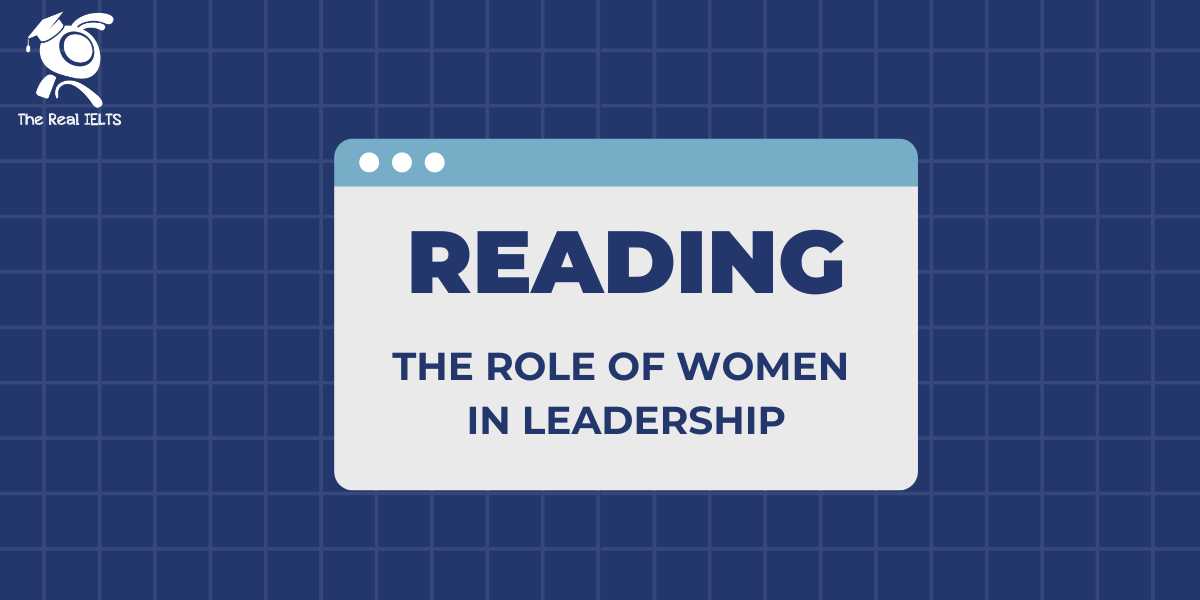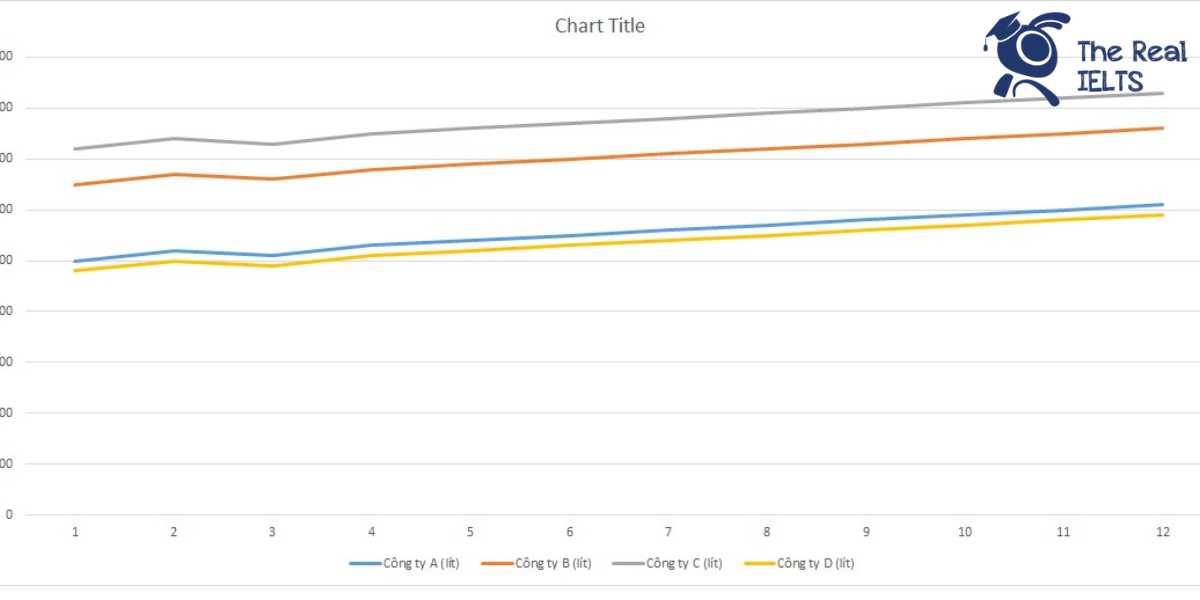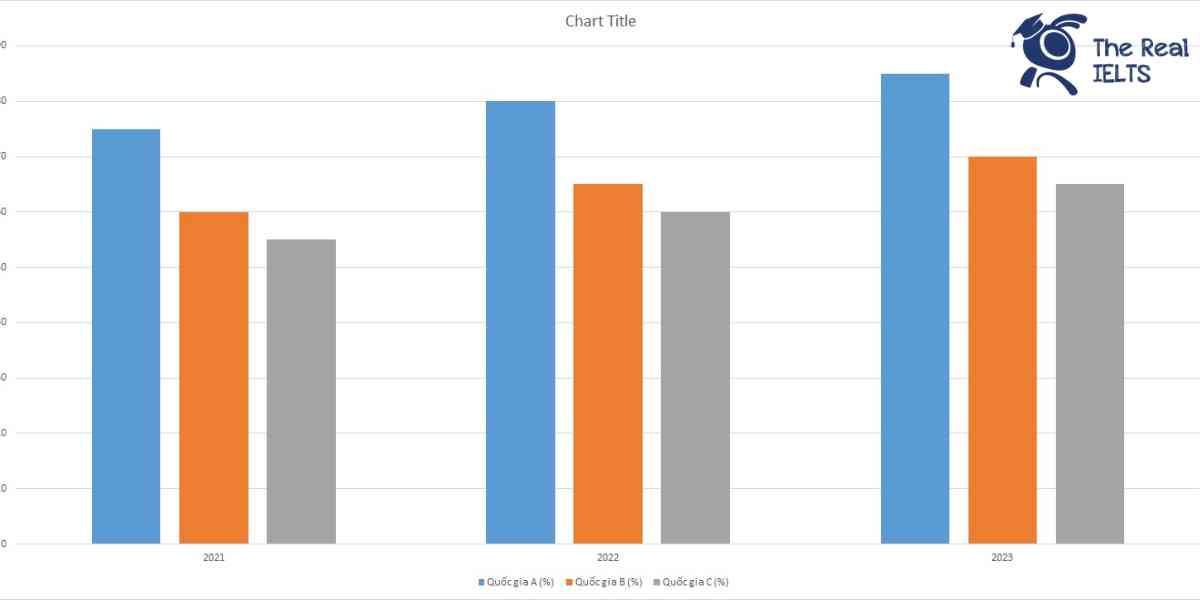Reading chủ đề “Vai trò của phụ nữ trong việc lãnh đạo” là chủ đề mang tính xã hội nên sẽ không đòi hỏi quá nhiều từ chuyên ngành. Sau đây là bài luyện tập
The Role of Women in Leadership
In recent decades, the role of women in leadership has significantly evolved. Historically, leadership positions were predominantly occupied by men, with women often excluded from key decision-making roles. However, societal changes, policy reforms, and shifting cultural attitudes have contributed to an increase in the number of women assuming leadership roles in various sectors, including politics, business, and academia.
One of the most notable changes has been in the political arena. In many countries, women have broken the glass ceiling and have been elected to high office. Examples include Angela Merkel, who served as the Chancellor of Germany, and Jacinda Ardern, the Prime Minister of New Zealand. These women have not only demonstrated that they can lead nations effectively but have also introduced policies that prioritize social welfare, education, and gender equality.
In the business world, women are making strides, although they still face significant challenges. Companies with diverse leadership teams, including women, often outperform those with homogeneous leadership. Research indicates that gender-diverse companies are 21% more likely to experience above-average profitability compared to companies with less diversity. Despite these benefits, women often encounter barriers such as the glass ceiling, gender bias, and work-life balance issues. Organizations like Catalyst and Lean In advocate for structural changes and support systems to enable more women to climb the corporate ladder.
Academia is another area where women’s leadership is growing. Universities worldwide are appointing more female presidents and chancellors, and women are increasingly leading major research projects. These changes are essential, not just for gender equality but also for the advancement of knowledge and innovation. Diverse leadership in academia fosters a more inclusive environment that encourages varied perspectives and ideas, which is crucial for scientific progress and educational development.
Nevertheless, the journey towards gender parity in leadership is far from over. Many regions still have deeply entrenched patriarchal norms that hinder women’s advancement. In some cultures, societal expectations and traditional gender roles significantly limit women’s opportunities to pursue leadership roles. Additionally, the lack of mentorship and sponsorship for women aspiring to leadership positions remains a significant barrier.
In conclusion, while significant progress has been made in promoting women to leadership roles, much work remains to be done. Societies must continue to challenge stereotypes, reform policies, and create supportive environments that allow women to lead effectively. As more women rise to leadership positions, they can inspire future generations and contribute to a more equitable and prosperous world.
Questions
Multiple Choice Questions
- According to the passage, which factor has contributed significantly to the increase in women assuming leadership roles? a) Economic downturns b) Societal changes and policy reforms c) Technological advancements d) Increased competition in the job market
- What does the term “glass ceiling” refer to in the context of women’s leadership? a) A transparent roof in corporate buildings b) An invisible barrier preventing women from advancing to higher positions c) A new type of architectural design d) A motivational concept encouraging women to excel
- Which of the following statements is true about gender-diverse companies? a) They are less likely to be profitable. b) They have lower employee satisfaction. c) They are more likely to experience above-average profitability. d) They face more internal conflicts.
True/False Questions
- True or False: The passage suggests that all regions have made equal progress in promoting women to leadership roles.
- True or False: Women in academia are increasingly leading major research projects.
- True or False: The lack of mentorship is not considered a barrier to women aspiring to leadership positions.
Short Answer Questions
- Name two political leaders mentioned in the passage who have broken the glass ceiling in their countries.
- What are two main challenges women face in the business world according to the passage?
- Why is diverse leadership important in academia?
Discussion Question
- Discuss the importance of societal changes and policy reforms in promoting women to leadership roles. How can societies further improve the representation of women in leadership positions?
Answers
Multiple Choice Questions
- b) Societal changes and policy reforms
- b) An invisible barrier preventing women from advancing to higher positions
- c) They are more likely to experience above-average profitability.
True/False Questions
- False
- True
- False
Short Answer Questions
- Angela Merkel and Jacinda Ardern
- Glass ceiling and gender bias
- Diverse leadership in academia fosters a more inclusive environment that encourages varied perspectives and ideas, which is crucial for scientific progress and educational development.
Discussion Question
- Societal changes and policy reforms play a crucial role in breaking down barriers and challenging traditional norms that have historically excluded women from leadership positions. Societies can further improve representation by implementing policies that promote gender equality, providing mentorship and sponsorship programs, and actively challenging gender stereotypes through education and media. Creating flexible work environments and encouraging male allies to support gender diversity are also essential steps towards achieving greater gender parity in leadership.















